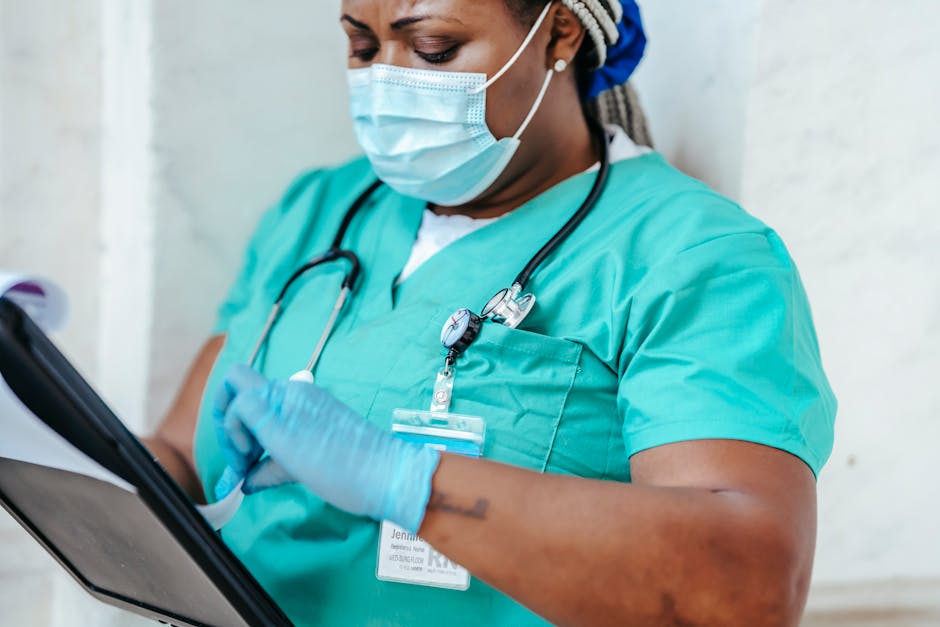Rhinoplasty Pre-Op Assessments: Comprehensive Surgical Evaluations
Rhinoplasty, commonly referred to as a "nose job," is a surgical procedure aimed at reshaping or reconstructing the nose for functional or aesthetic purposes. While many focus on the final results of this transformative surgery, the pre-operative phase is equally significant. Comprehensive evaluations conducted before the procedure ensure not only the patient’s safety but also the achievement of desired outcomes.

These assessments involve a detailed analysis of both physical and psychological factors, which guide surgeons in tailoring the procedure to individual needs.
A successful rhinoplasty starts with a thorough pre-op assessment. This process includes evaluating the patient’s medical history, physical anatomy, and expectations for the surgery. Advanced tools such as imaging technology are often utilized to plan the surgery with precision. This meticulous preparation not only minimizes risks but also plays a crucial role in setting realistic expectations for patients, laying the groundwork for a positive surgical experience.
Medical History and Health Evaluation
A comprehensive review of the patient’s medical history is a cornerstone of rhinoplasty pre-op assessments. Surgeons need to understand any underlying conditions, allergies, or previous surgeries that might affect the procedure or recovery process. Common factors examined include:
- Chronic illnesses such as diabetes or hypertension.
- History of nasal injuries or surgeries.
- Allergies to medications or anesthesia.
This information helps determine whether the patient is an ideal candidate for surgery and identifies any potential risks that need to be managed proactively.
Physical Examination
The physical examination focuses on the structural aspects of the nose and its surrounding features. Surgeons evaluate nasal bone structure, cartilage, skin thickness, and overall facial symmetry. Functional aspects, such as breathing patterns and nasal airflow, are also assessed. Patients with conditions like a deviated septum or chronic sinusitis may require functional corrections alongside cosmetic changes. Specialized tools like endoscopes may be used during this stage to provide detailed insights into internal nasal structures.
Imaging and Simulation Technology
Modern technology plays a vital role in planning rhinoplasty procedures. High-resolution imaging allows surgeons to visualize the internal and external anatomy of the nose in detail. Many clinics now use 3D simulation software to create virtual models of potential outcomes based on patient preferences. This interactive approach helps align surgical goals with realistic expectations, offering patients a clearer understanding of what can be achieved.
Psychological Assessment
Rhinoplasty isn’t just a physical transformation, it often carries emotional and psychological implications. Surgeons assess patients’ motivations for seeking surgery to ensure they have realistic expectations and aren’t pursuing rhinoplasty due to external pressures or underlying mental health issues like body dysmorphic disorder (BDD). Open communication between the surgeon and patient is encouraged during consultations to address concerns and set achievable goals.
Pre-Surgery Preparations
In the weeks leading up to surgery, patients are provided with specific instructions to prepare their bodies for the procedure. These may include dietary restrictions, cessation of smoking, and avoiding certain medications like aspirin that could increase bleeding risks. Patients are also advised on post-surgery care to ensure smooth recovery. Some common pre-surgery recommendations include:
- Avoiding alcohol consumption one week prior to surgery.
- Arranging transportation for the day of the procedure.
- Stocking up on prescribed medications and post-surgical supplies.
The success of rhinoplasty heavily relies on meticulous pre-op assessments that address both physical and emotional aspects of patient care. By combining thorough evaluations with advanced technology, surgeons are better equipped to deliver safe procedures tailored to individual needs. These steps not only ensure optimal outcomes but also foster trust and confidence between patients and their medical teams, a critical foundation for any surgical journey.
Reference:
